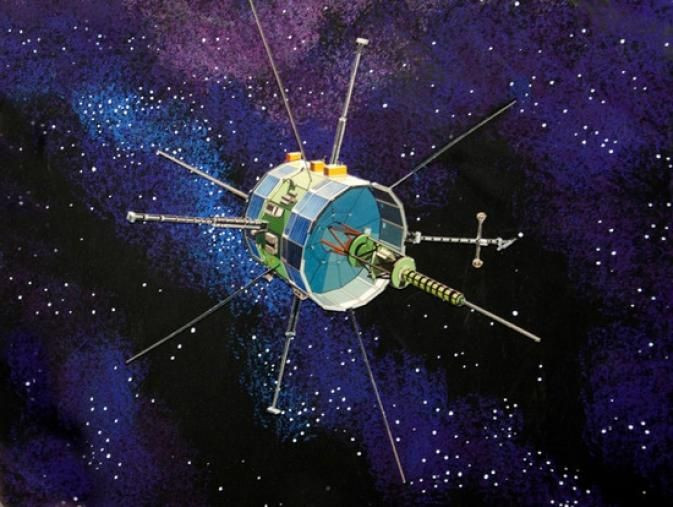Amateur Astronomers ‘Reach Back In Time’ And Contact Lost NASA ISEE-3 Spacecraft

A group of amateur astronomers whose mission was to take control of a decades-old NASA spacecraft say their efforts to communicate with the defunct probe succeeded, scientists announced Thursday.
The crowd-funded operation, called the ISEE-3 Reboot Project (ISEE-3 stands for International Sun-Earth Explorer 3, a NASA space probe that was launched in 1978 to study solar winds,) was months in the making, and on Thursday, citizen scientists established contact with the 36-year-old spacecraft.
Researchers received a signal from the probe and were even able to send it specific commands, according to project leaders. The group used the Arecibo Radio Observatory in Puerto Rico to signal ISEE-3.
"We learned a lot simply by being able to talk to it and get it to do things,” project organizer Keith Cowing, an astrobiologist who formerly worked for NASA, told NPR. "[It] May not sound like much, but that was a huge unknown.”
Mission leaders took to Twitter to announce that they had made contact with the probe:
SUCCESS! We are now in command of the ISEE-3 spacecraft! http://t.co/sqX53KsfHK #ISEE3 pic.twitter.com/Nt0xCTwJX4
— ISEE3 Reboot Project (@ISEE3Reboot) May 29, 2014Since NASA dropped the ISEE-3 project in 1997, the spacecraft has gone rogue, wandering the solar system with hardly a peep. Earlier this month, the space agency signed an agreement with California-based space technology company Skycorp Inc. that gave it the green light to try and jumpstart the probe.
John Grunsfeld, an astronaut and associate administrator for the Science Mission Directorate at NASA headquarters in Washington, said the project has the chance “to engage a new generation of citizen scientists” in recapturing ISEE-3 as it makes a pass by Earth this summer.
The biggest challenge astronomers faced with reconnecting with ISEE-3 was figuring out how to use new computers to communicate with a probe whose equipment is nearly 40 years old.
Although they’ve established initial contact with the spacecraft, the next step will be to assess the overall health of the probe and attempt to fire up its engines. The goal is to bring it back into an orbit near Earth.
"We knew we could do this. It's a vindication," Cowing told Science. "It's sort of like reaching back in time to grab something that otherwise would have been lost.”
© Copyright IBTimes 2024. All rights reserved.












